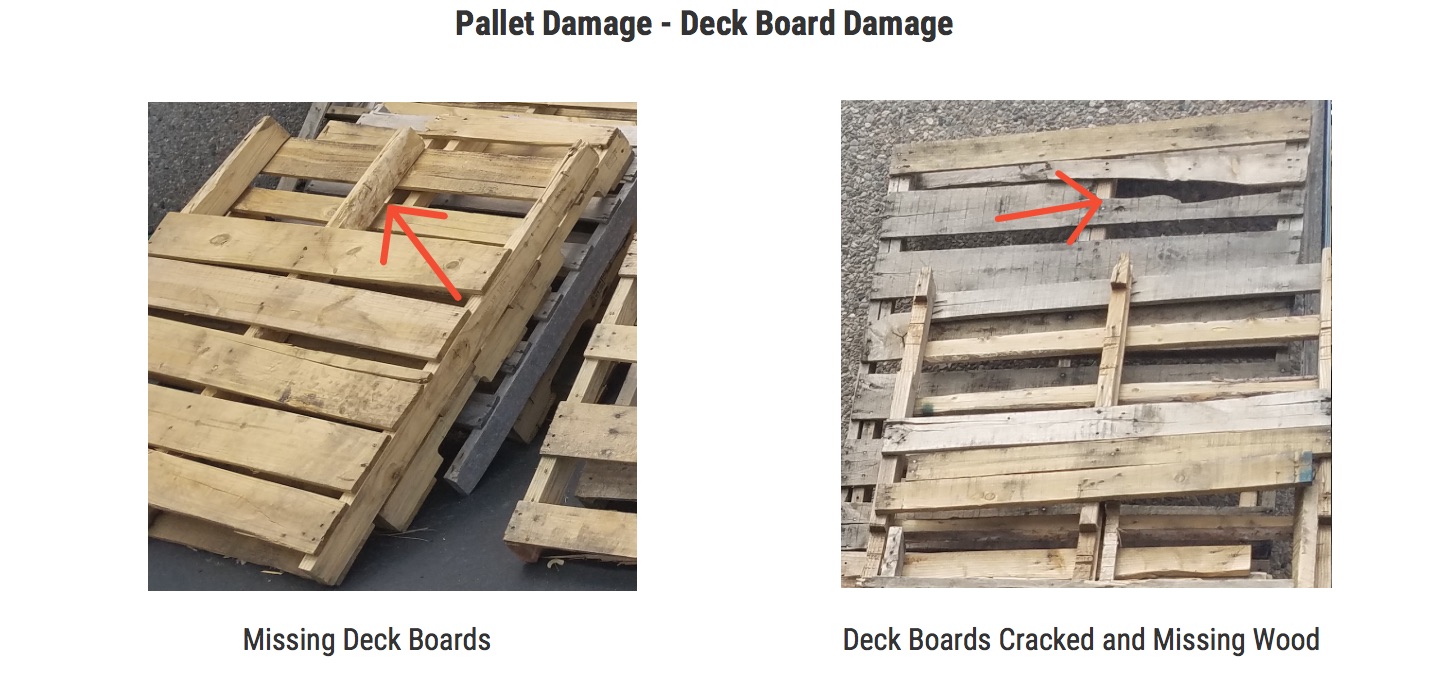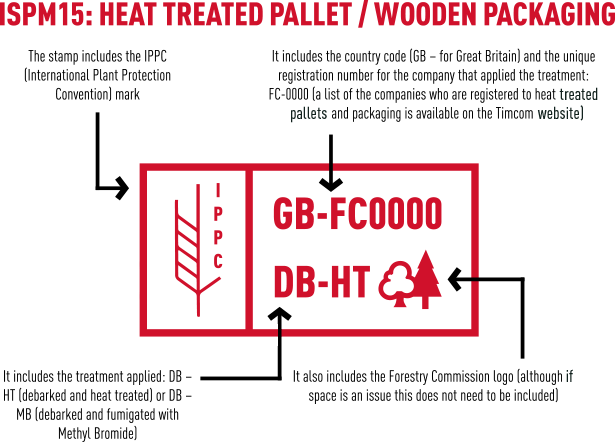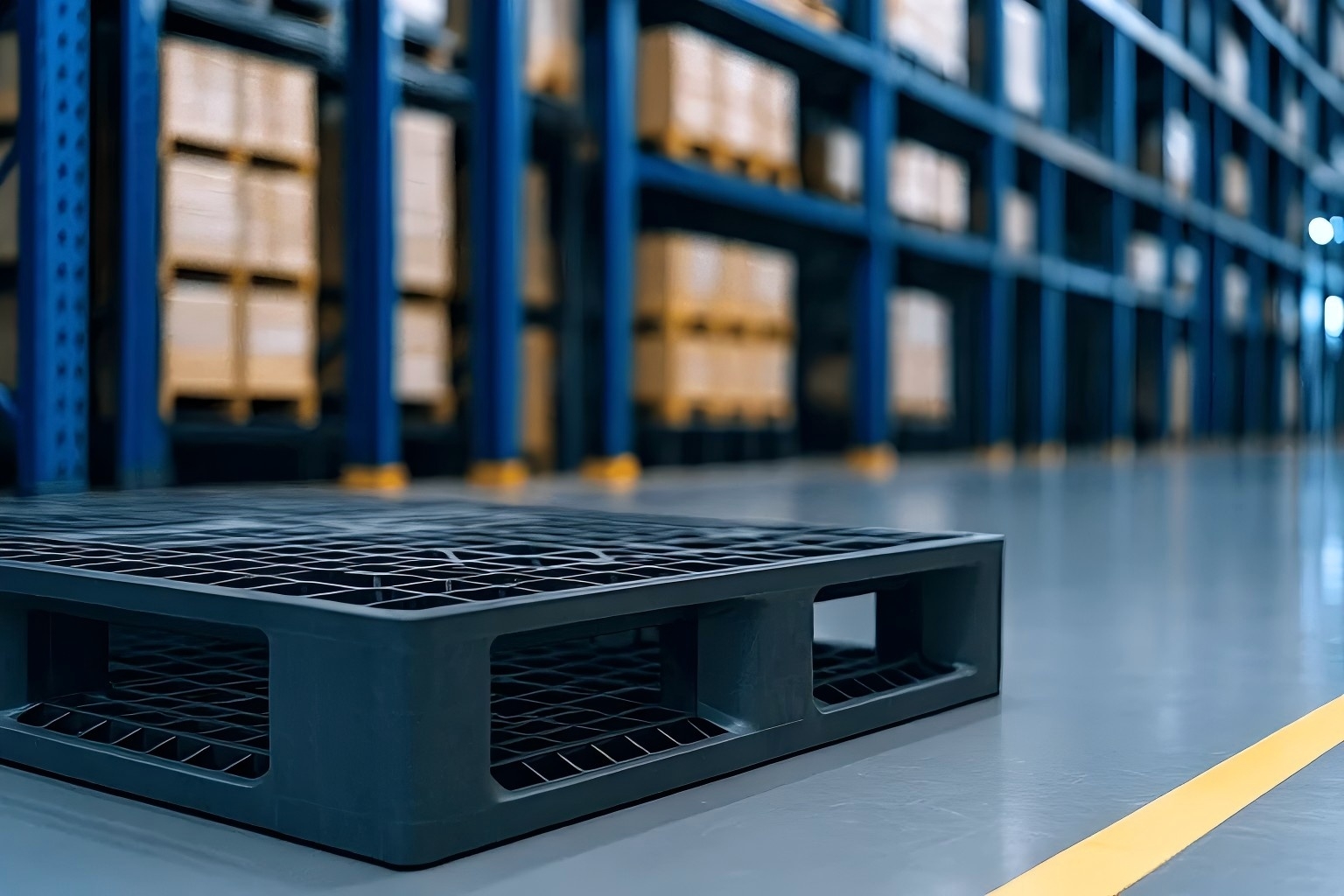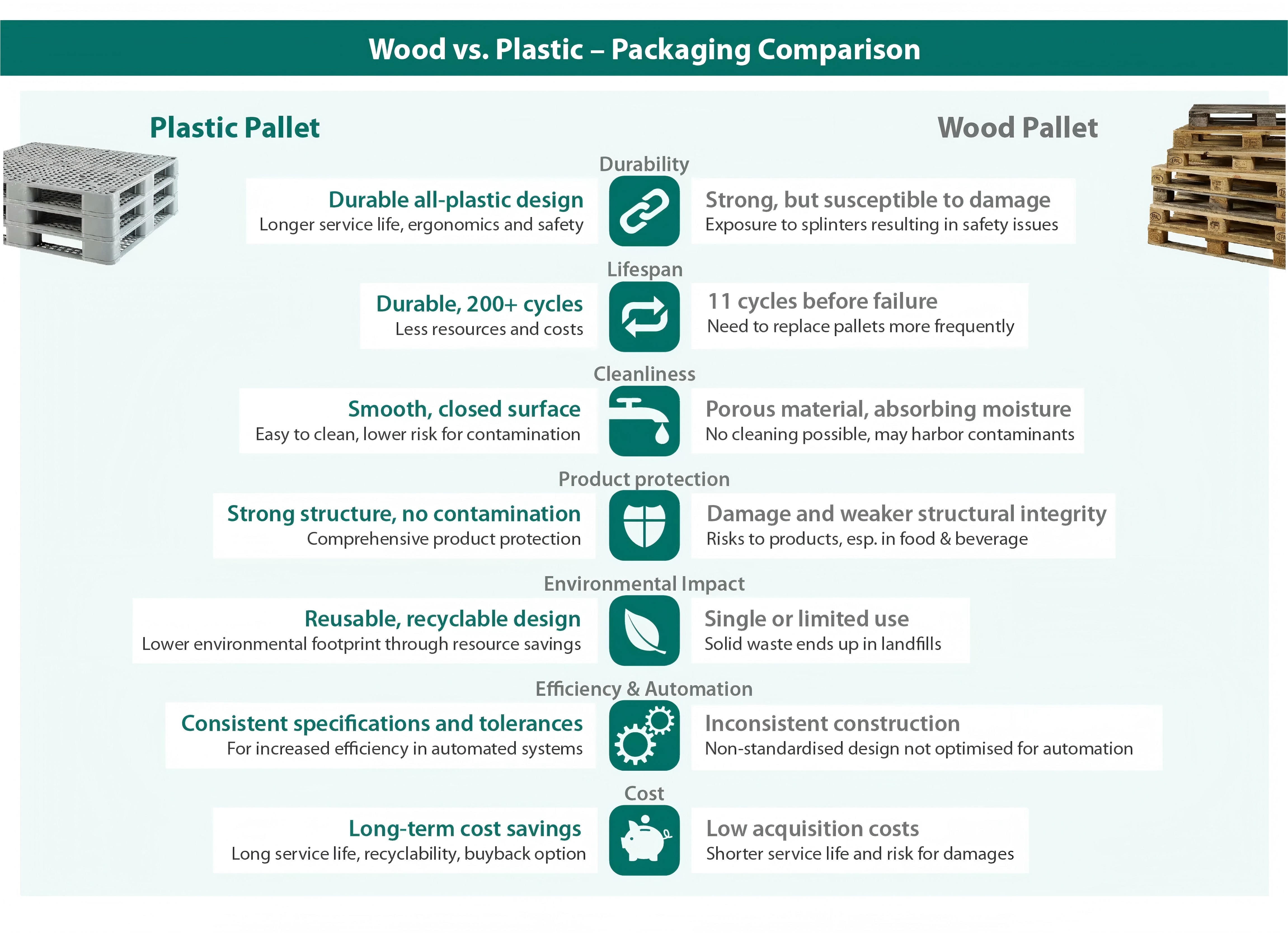Updated Nov 5, 2025 • 9–11 min read
Plastic Pallet vs Wooden Pallet: Real Cost, Compliance & Sustainability Comparison for Exporters
A practical, verifiable comparison for export logistics: durability, ISPM 15, hygiene, CO₂ impact, and total cost — with links to authoritative references.
1 Why This Matters for Exporters
Choosing between plastic pallets and wooden pallets affects shipment reliability, customs speed, hygiene, and long-term cost. This article distills field-tested practices and links to recognized standards so your team can validate claims quickly.
Note: Figures cited are typical industry ranges. Actual results vary by design, material, handling, and routes.
2 Durability & Reuse Cycles (Tangible Lifetime Value)
Plastic pallets (HDPE/PP) typically achieve many more reuse cycles than wood due to moisture and impact resistance. Multiple industry guides and operators note higher durability and lower breakage for plastics, while wood often requires repair or replacement after fewer trips.

| Metric | Wooden Pallet | Plastic Pallet (HDPE/PP) |
| Typical lifespan | ~1–3 years | ~4–6 years |
| Reuse cycles | ~5–10 trips | ~200–230 trips (closed-loop can be higher) |
| Maintenance | Frequent repair/replacement | Minimal; inspections + cleaning |
3 Export Compliance (ISPM 15): Where Plastics Save Time
ISPM 15 regulates solid wood packaging in international trade. Non-compliant wood can trigger quarantine holds or rejection; compliant wood must be heat-treated or fumigated and marked accordingly. Plastic pallets are non-wood and generally exempt, which removes treatment steps and reduces clearance risk for export shipments.
Further reading: ISPM 15 by the IPPC; APHIS guidance for U.S. imports (treatment and marking requirements).

4 Hygiene & Clean Handling (Food/Pharma/Electronics)
Wood is porous and absorbs moisture and contaminants; plastic pallets are non-porous and washable. That’s why hygiene-sensitive industries and automated facilities frequently specify plastic to simplify sanitation and dimensional control.

5 Sustainability & CO₂: Reuse Is the Main Lever
Plastics can be recycled into new pallets or related products, enabling closed-loop programs. Multiple reusable-packaging case studies show that increasing reuse cycles is the dominant driver of waste and CO₂ reduction versus single-use replacement.

Operational tip: Track reuse, standardize SKUs, and set returnable transport packaging (RTP) loops to capture both cost and ESG gains.
6 Total Cost of Ownership (TCO): Look Beyond Unit Price
Unit price is only the start. Consider treatment, repair, downtime, and average cost per trip. Exporters with closed-loop or long-term flows often see plastic outperform wood on lifetime economics.

| Cost Item | Wooden Pallet | Plastic Pallet |
| Unit price | Lower upfront | Higher upfront |
| ISPM 15 treatment | Required for export | Not required |
| Repair rate | Higher | Lower |
| Average cost per trip | Higher over time | Lower with reuse |
7 Frequently Asked Questions (FAQ)
Q1. Are plastic pallets ISPM 15 exempt?
Yes. ISPM 15 targets solid wood packaging. Plastic pallets are non-wood and typically exempt from ISPM 15 treatment and marking, which can help avoid fumigation costs and reduce clearance delays.
Q2. Which pallet lasts longer in export conditions?
Plastic pallets usually last longer and support more reuse cycles due to impact and moisture resistance. Wood may require more frequent repairs or replacement, especially on harsh lanes.
Q3. Are plastic pallets suitable for hygiene-sensitive industries?
Yes. They are non-porous and washable. Many operators specify plastic for food, pharma, and electronics to simplify sanitation and quality control.
Q4. Are plastic pallets recyclable?
Yes. HDPE/PP pallets can be recycled into new pallets or related products, supporting closed-loop programs and ESG goals when managed properly.
Related Reading
About Huading Industry: Qingdao Huading Industry Co., Ltd. supplies export-ready plastic pallets, foldable pallet boxes and returnable packaging solutions for automotive, food and industrial logistics in 50+ countries.

 English
English







